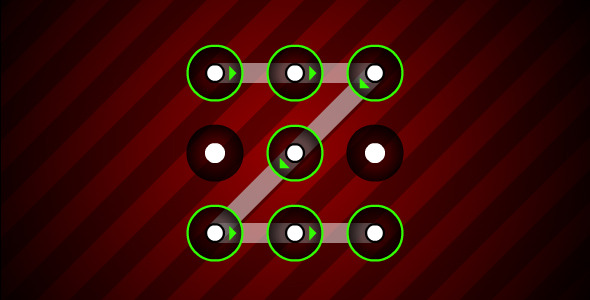-
Tips for becoming a good boxer - November 6, 2020
-
7 expert tips for making your hens night a memorable one - November 6, 2020
-
5 reasons to host your Christmas party on a cruise boat - November 6, 2020
-
What to do when you’re charged with a crime - November 6, 2020
-
Should you get one or multiple dogs? Here’s all you need to know - November 3, 2020
-
A Guide: How to Build Your Very Own Magic Mirror - February 14, 2019
-
Our Top Inspirational Baseball Stars - November 24, 2018
-
Five Tech Tools That Will Help You Turn Your Blog into a Business - November 24, 2018
-
How to Indulge on Vacation without Expanding Your Waist - November 9, 2018
-
5 Strategies for Businesses to Appeal to Today’s Increasingly Mobile-Crazed Customers - November 9, 2018
Unlock patterns of Android users too easy to predict — Security concern
After all, you need to turn on screen locking using PIN, password or pattern in order to encrypt your Android – and it’s a very good idea to do so.
Advertisement
Android’s pattern lockscreen is an alternative to having a password or PIN; instead of typing something in, you just draw some lines between nodes. It’s easier to remember-and easier to enter-then pecking keys on a keyboard.
The lock patterns on most Android phones are surprisingly easy to predict, according to a report of Norwegian researcher Marte Løge. Her study shows that 44-percent started in the top left-most node on the screen, and what is really odd is being right or left handed did not make a difference.
The average number of nodes used was five, meaning there were less than 8,000 possible pattern combinations, but this dropped to just 1,624 for four node patterns.
A large number of users selected four nodes, which means their pattern was one in 1624 possibilities.
However, the pool of combinations increase with the length and complexity of the pattern.
Time and again, data breaches show us that people love to use ridiculously bad passwords, a la “1234567” and “letmein”.
Well, using a pattern to lock your Android is more advisable than using no screen lock at all.
In doing so, this could give someone attempting to access the phone a potential one-in-ten chance of gaining access.
However, this could be reduced if they chose their full name, for example. Løge says 10 percent of patterns create a letter (like an “N” or “O”, seen above). “You see the same type of behavior”. Løge claims that APLs suffer from the same problem – predictability.
Løge told Ars Technica, that there are ways to make these pattern passwords better and also provided some tips to help users.
Using a long and complex password is also unsurprisingly more secure. Make sure that you incorporate a crossover pattern as it makes it more hard for even an observer to figure out which way you went. And maybe don’t start from the top-left node.
Advertisement
Løge asked participants to create three different patterns, one for a banking app, one for a shopping app, and one simply for unlocking the smartphone.




























